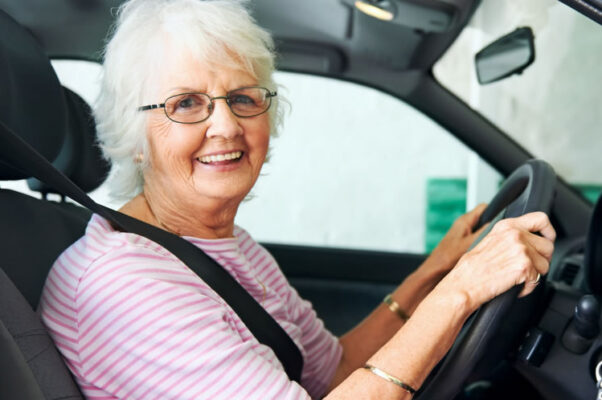Driving after surgery
If you are in an accident while driving after being told that you cannot drive for 24 hours after anesthesia, you can be charged with driving under the influence despite not drinking alcohol.
In the case of surgery, the DVLA does not need to be notified unless the condition is likely to affect safe driving for longer than three months after the date of surgery.
The DVLA advises that licence holders wishing to drive after surgery should establish with their doctor when it is safe to do so, taking into account recovery from the procedure and any anaesthetic, whether there is any distracting pain or impairment due to analgesia and whether there are any physical restrictions due to the surgery.
The driver needs to be able to demonstrate that they are in control of the vehicle at all times and they should check their insurance policy. It is always safer to notify your insurance to tell them the position.
Driving after Hip surgery
Normally, driving should be avoided for the first 6 weeks and even travelling as a passenger is best avoided for the first three weeks (except for essential journeys), as getting in and out of a car can risk straining the hip and stretching the healing tissues. However, you should discuss this with your surgeon.
Before resuming driving, you will need to be fully recovered from your surgical procedure. You should be free from the distracting effect of pain or the sedative or other effects of any pain relief medication you may be taking. You should be comfortable in the driving position and able to safely control your car, including freely performing an emergency stop.
If you have an automatic vehicle and it is your left hip that has been replaced (assuming a right-hand drive vehicle), you may be able to drive earlier, but this should be discussed with your surgeon and would depend on your general health, medical condition and personal circumstances, including the views of your insurer, and whether you are a Group 1 (car or motor cycle) or Group 2 (bus or lorry) licence holder.
After about 6 weeks, you might want to test your fitness to drive. Do this in a safe place without putting the keys in the ignition: simply sit in the driving seat and practise putting firm pressure on the pedals. If you feel pain, you are not yet ready to drive. If you feel sore afterwards, you may need to wait a day or two and try again. Only when you can put enough pressure on the pedals to do an emergency stop – should you think about driving again.
It is advisable not to restart driving with a long journey.
After total hip replacement, you do not need to notify the DVLA unless instructed to do so by your doctor; however, it is important to follow your doctor’s advice about driving. Higher medical standards are required for those holding a Class 2 licence, so for reasons of safety and comfort your doctor may advise you to delay driving further. You should also speak with your employer.
Driving after Knee Replacement
- Patients who had their non-driving legs operated on may return to driving automatic cars once they can get in and out of a car comfortably and are off any pain medications that impair driving skills.
- Patient who had their driving legs operated on may drive as soon as 2 weeks after surgery while others may need 6 weeks or longer
- In order to drive knee replacement patients must:
- Not be taking any pain medications that impair driving skills
- Have regained their pre-surgical reflexes and muscle strength. (As rehabilitation progresses it is possible that the reflexes and muscle strength may be better than pre-surgical levels.)
Research examining knee replacement patients’ ability to drive (e.g. break response time) has yielded varying results and recommendations. Therefore, patients and doctors should work together to decide what is reasonable for the individual.
Getting in and out of the car
Position the car away from the curb so you have less of a drop to negotiate when sitting down.
Have the passenger seat as far back as possible and angled so that it is partially reclined.
With the passenger door open, back up to the car with your walking aid to support you. Keep walking back until you feel the seat on the back of your knees (facing away from the car).
Before sitting down, put your left hand on the top of the passenger seat for support and with the door window fully wound down, grip the open door window frame with your right hand (have someone hold the door to prevent it from closing towards you) or the edge of the dash board.
Gently lower yourself down; remember to keep your operated leg extended. Lift yourself backwards lifting your bottom towards the driver’s seat.
Carefully lift your left leg and slide into the car so you are now facing the dashboard.
To transfer out of the car reverse the above procedure, ensuring the operated leg is out before rising.
You may find it helpful to use a plastic bag to sit on to aid your transfer but ensure if you do this you remove the plastic bag before the car is driven.

